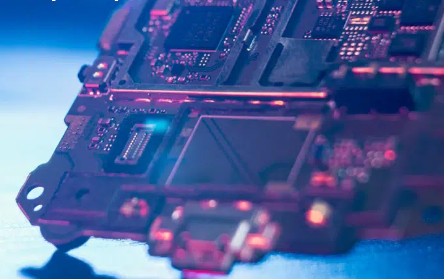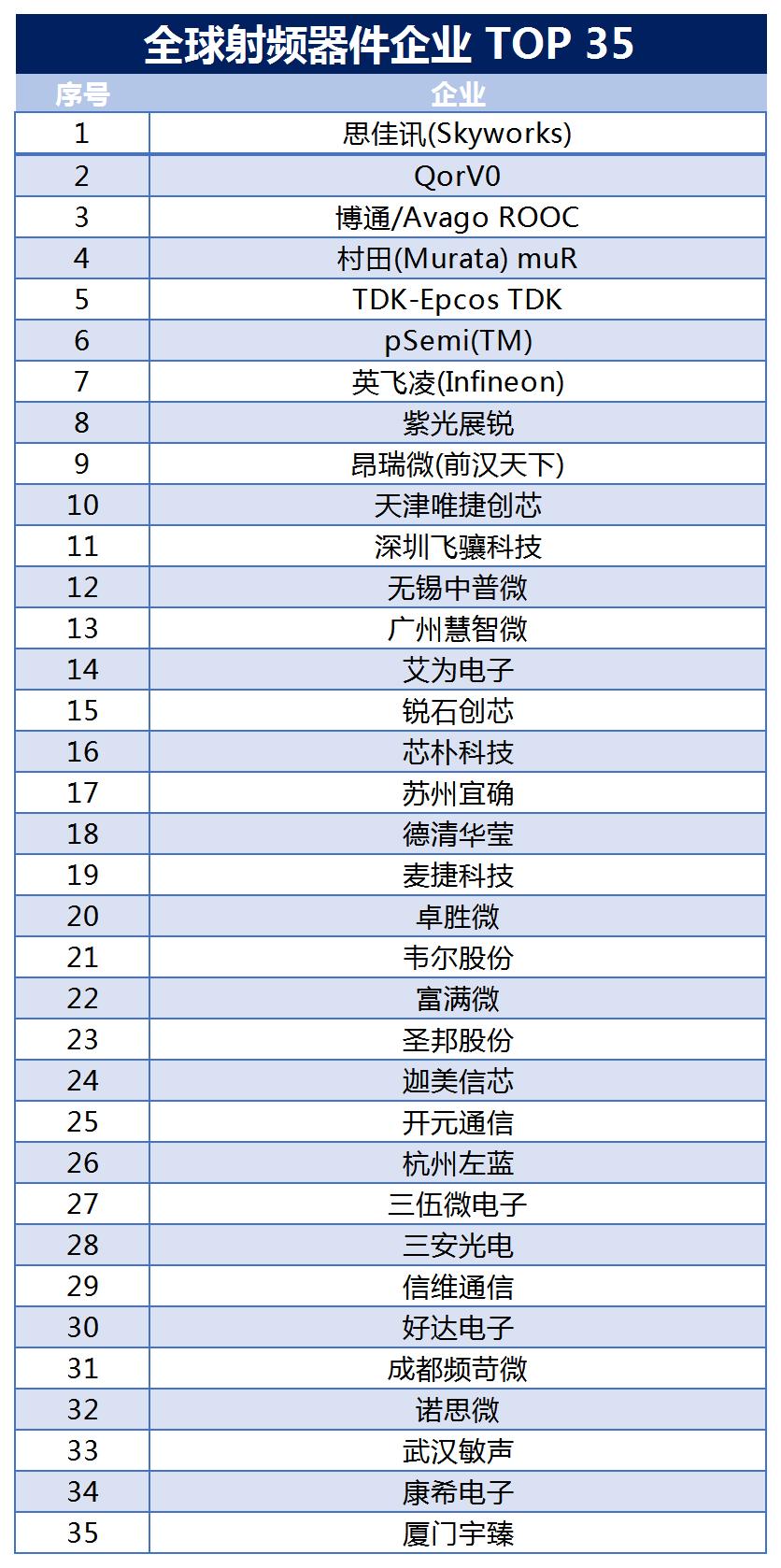RF Filters Boost MEMS Market
The total value of the global MEMS market is projected to grow from about $13 billion in 2017 to more than $25 billion in 2022, driven largely by growth in RF applications like RF MEMS filters, according to a new report by French market research firm Yole Développement.
Increased demand for RF MEMS filters is being driven by the emergence of 4G technology and increasing complexity of cellular communications, according to Yole (Lyon, France). The market research firm expects sales of RF MEMS filters — the biggest business in the RF front-end — to increase at a compound annual growth rate (CAGR) of 35 percent between 2017 and 2022.
"Beyond the development of these RF MEMS devices, the RF front-end demonstrated comfortable growth, at 14 percent CAGR during the same period," said Claire Troadec, Yole's RF devices and technologies activity leader, in a press statement.
The rise in prominence of RF MEMS filters has of course affected the fortunes of MEMS supplier. Broadcom Ltd., which in 2015 was formed by the acquisition by Avago Technologies of Broadcom Corp. in 2015, rose to become the second largest MEMS supplier in 2016 behind perennial MEMS market leader Robert Bosch of Germany, according to Yole.
Other RF MEMS suppliers have also enjoyed riding the wave of market boom for RF MEMS filters.U.S.-based RF chip vendor Qorvo, for example, rose to $585 million in MEMS sales in 2016, up from just $145 million in 2014, according to Yole.
Both STMicroelectronics and Hewlett Packard saw MEMS revenues decrease in 2016. ST continues to lower MEMS prices and HP is suffering from the shift from disposable to fixed inkjet heads," according to Troadec.
"The MEMS market will grow further through a combination of functions, dedicated to consumer, automotive and medical applications," said Eric Mounier, senior technology and market analyst for MEMS and sensors at Yole, in a statement."
Third-ranked MEMS supplier Texas Instruments, the No. 3 MEMS supplier, which mainly focuses in the MEMS arena on manufacturing micromirrors, has maintained its MEMS market share as many applications have emerged, including optical switches for telecoms, barcode readers, 3D gesture recognition, automotive HUDs or smart lighting and 3D printing, Yole said.
在线留言询价

What is a Radio Frequency Integrated Circuit

TOP 35 RF device companies in the world
- 一周热料
- 紧缺物料秒杀
| 型号 | 品牌 | 询价 |
|---|---|---|
| CDZVT2R20B | ROHM Semiconductor | |
| BD71847AMWV-E2 | ROHM Semiconductor | |
| TL431ACLPR | Texas Instruments | |
| MC33074DR2G | onsemi | |
| RB751G-40T2R | ROHM Semiconductor |
| 型号 | 品牌 | 抢购 |
|---|---|---|
| STM32F429IGT6 | STMicroelectronics | |
| ESR03EZPJ151 | ROHM Semiconductor | |
| BP3621 | ROHM Semiconductor | |
| TPS63050YFFR | Texas Instruments | |
| IPZ40N04S5L4R8ATMA1 | Infineon Technologies | |
| BU33JA2MNVX-CTL | ROHM Semiconductor |
- 周排行榜
- 月排行榜
AMEYA360公众号二维码
识别二维码,即可关注


请输入下方图片中的验证码:






















